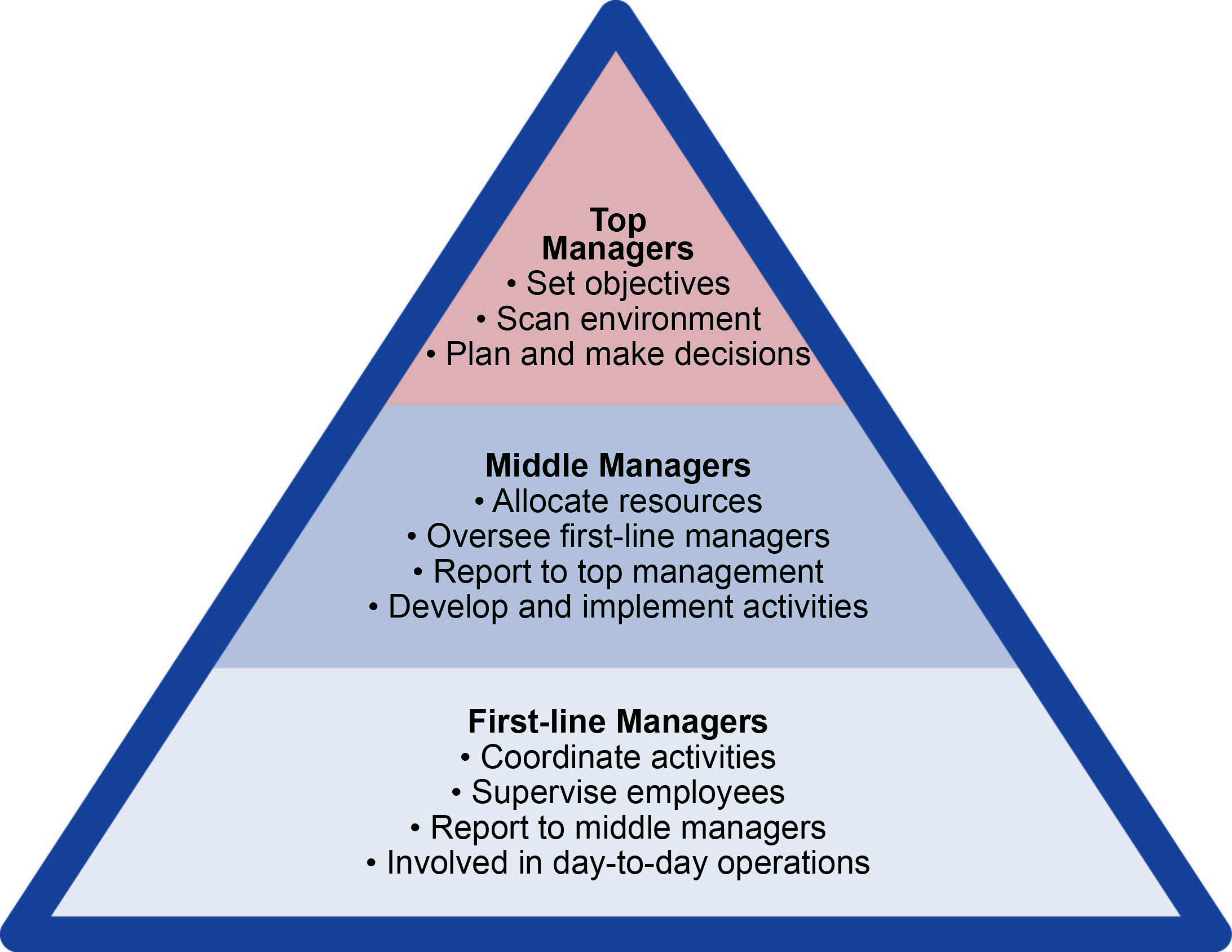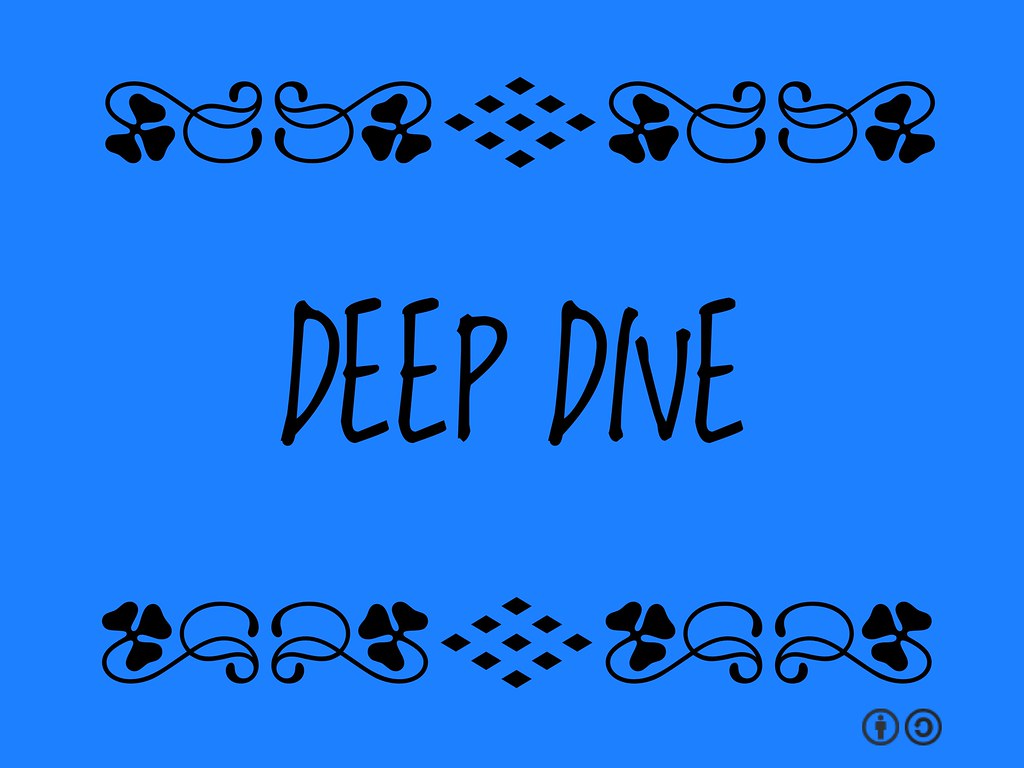

Close

In the tricky maze of project management, risk and uncertainty are the uninvited guests that love to gatecrash. As PM professionals negotiate their way around the labyrinth of unpredictability, having the right arsenal to mitigate, avoid, or transfer risk becomes an irresistible necessity. Welcome aboard our journey as we sail through the dynamic waters of risk management, exploring the best tools and techniques that can transform any PM professional into a strategic maestro, adept in charting the safest course through the turbulent sea of project uncertainties.
Effective project management requires a balance of various critical aspects and risk management is undoubtedly among the most essential. To understand the magnitude of its role, simply picture a landscape of potential obstacles that could stand between you and your project’s successful completion. From sudden budget cuts and unanticipated deadline revisions, to team unavailability and unprecedented global events, any project, irrespective of size or complexity, is susceptible to a myriad of risks. But fear not, risk management enters the scene like a knight in shining armour, equipped with the shield of foresight and the sword of protective measures to help you navigate through this precarious landscape.
Take, for example, the seemingly straightforward task of organising a large corporate event. Without a risk management plan on deck, a sudden rainstorm or a key speaker’s unavailability can quickly transform the event into a logistical nightmare. However, with a well-crafted plan in place, you can not just foresee such tricky situations but also devise contingency plans with ease. Here’s how it works:
By facilitating informed decision-making and proactive problem-solving, risk management enables the smooth progression of projects. Indubitably, understanding and integrating this component in your project management approach can be your key to successful execution and significant profitability.
Navigating the sea of risk management tools can feel intimidating, with countless options to evaluate for your project management needs. At their core, these tools are designed to identify potential risks, plot their probabilities, and facilitate the decision-making process. They empower project managers to anticipate potential roadblocks and devise contingency plans to keep their projects on course.
The choice of risk management tools should hinge on the specific scope and characteristics of your projects. For instance, if your projects usually grapple with relatively predictable risks that behave linearly, a tool like a Risk Matrix would prove quite beneficial. It creates an illustrative grid to analyze and grade risks based on their frequency and severity. Should your project landscape entail risks with complex relationships, tools like Decision Trees or Fault Tree Analysis step up to the plate. They dissect the intricate network of risk interactions and assess the ripple effect of decision paths. Lastly, for highly volatile project environments, harnessing the modeling prowess of Monte Carlo Simulations could be your best bet. Here’s a quick snapshot of some risk management tools:
In a nutshell, the right tools pave the way for effective risk management, helping project managers to anticipate, respond, and adapt to the ever-evolving project risks.
Every project manager knows that no venture ever comes without risks. It’s an integral part of the PM environment and measures have to be proactively set in place to manage and mitigate them. Understanding the many faces of risks and integrating effective strategies in your management approach is a crucial skillset every project manager ought to possess. And to help you achieve this, let’s delve into some incredibly skilful techniques.
Firstly, proactive identification is essential. Know that risk may come in various forms – project risks, business risks, operational risks, market risks, and more. Always be proactive in identifying potential risks at every stage of the project. The sooner they are identified, the sooner measures can be taken to prevent or overcome them. Secondly, a comprehensive risk impact assessment is equally important. Take time to analyze and evaluate the potential effect a certain risk might bring.
By incorporating these techniques, you’re not just managing risks but also turning them into opportunities for improvement and growth. It’s about finding the balance between being overly cautious and taking calculated risks – after all, with no risk, there’s no reward.
As a project management professional (PM pro), you understand that managing risks is key to orchestrating successful projects. Not only do you need to anticipate potential complications, but you need to devise strategies to tackle them effectively. To aid you in this task, we’ve handpicked the following tools and techniques that are high in utility for risk management.
Risk Register: This comprehensive document serves as a one-stop repository of all potential risks and their mitigation plans. Being able to visually monitor and manage risks with this tool can greatly help in prevention and control. Mind Tools Risk Analysis: This is a detailed evaluation matrix using quantification to weigh the potential impact of risks against their probability. Failure Mode and Effects Analysis (FMEA): A step-by-step approach to identify all potential failures in a design, product, process or service. Risk Matrix: A tool to assign risks their appropriate responses, this matrix is a colour-coded grid helping PM pros visually represent and prioritize risks. Monte Carlo Simulation: This technique uses ‘random sampling’ and statistical modeling to predict risk impact and mitigation strategies.
And so, our journey through the labyrinth of risk management tools and techniques has reached its finale. As an experienced project professional, you undeniably understand the perpetual dance with uncertainty that defines your role. Remember, risk is not a foe, but a volatile companion on the road to project completion. The tools and strategies we’ve explored represent the shields and maps designed to help you navigate this rocky terrain with confidence and competence. However, risk is an ever-evolving enigma. Thus, continually expanding your armory with new and innovative tools, techniques, and approaches remains paramount. Because in this complex world of project management, success is never about eliminating risk, but about understanding, managing, and harnessing it. Indeed, it is in the heart of the storm that the true Project Management Professional stands out, steady and unshaken. So, pick up your shield, study your map and stride boldly towards the winds of uncertainty. Farewell, audacious risk tamer, and may you ever stand victorious in the arena of project management.

